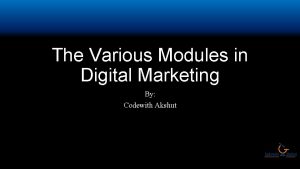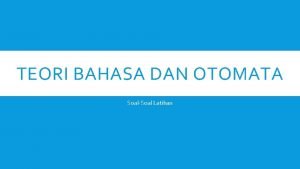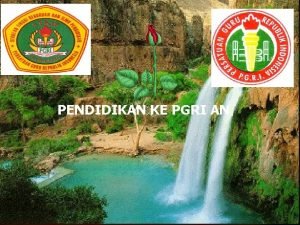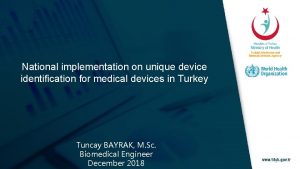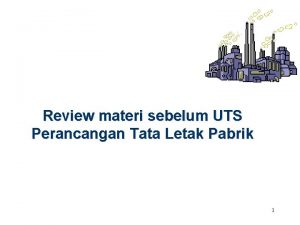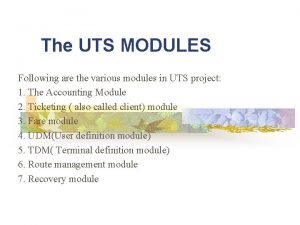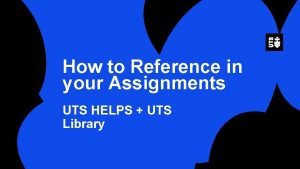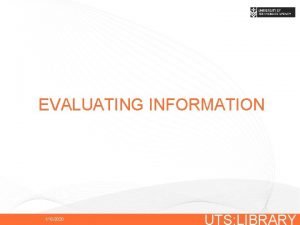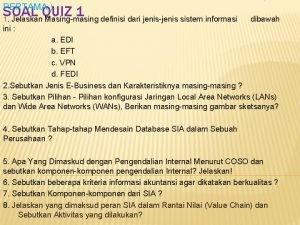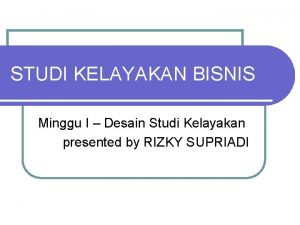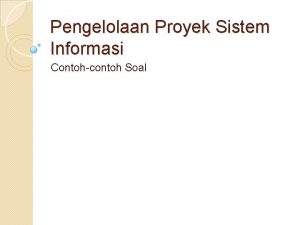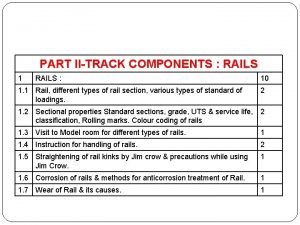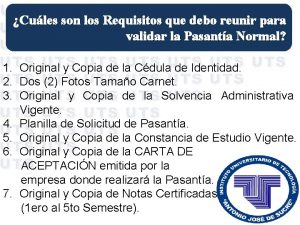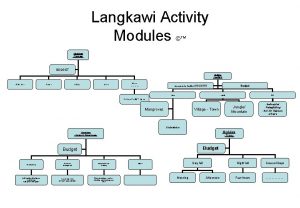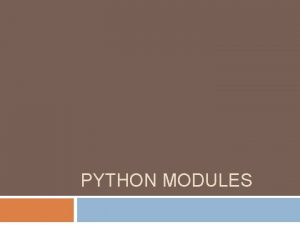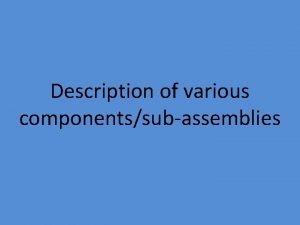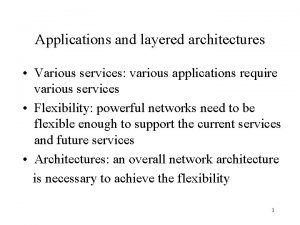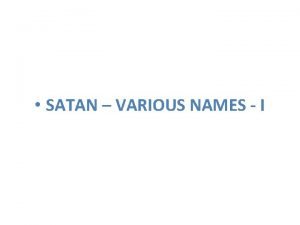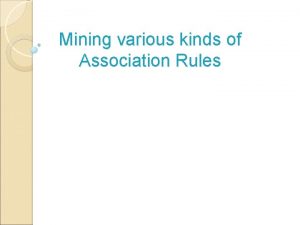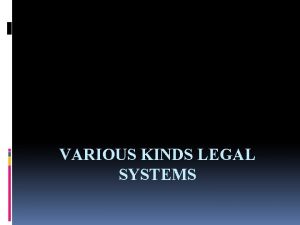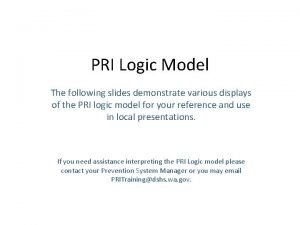The UTS MODULES Following are the various modules





















- Slides: 21

The UTS MODULES Following are the various modules in UTS project: 1. The Accounting Module 2. Ticketing ( also called client) module 3. Fare module 4. UDM(User definition module) 5. TDM( Terminal definition module) 6. Route management module 7. Recovery module

The Accounting Module Introduction n The Accounting Reports Menu offers Daily, Periodic , Monthly reports and DTC n which can be viewed and printed from the system. The steps for logging and n printing/viewing the reports are given in this document.

n n n n n Procedure To Login IN DUMP TERMINAL Following steps are to be taken to login Telnet utsirca 2 Give the following Userid and Password Userid: utsrepwr Password: Utsrepwr Procedure to login in Thin client Userid : utsrep Password: Utsrep


ENTER LOCATION CODE:

Accounting Reports Following screen will be displayed when user has successfully logged into the system. UTS ACCOUNTING REPORTS [1] Daily Reports [2] Monthly Reports [3] Periodic Reports [4] Detailed Transaction Checklist [0] Exit Enter choice [0 -4]:


n n n Enter Choice<0 -32>: User has to choose among 32 choices. On entering the choice the user is prompted for date (DD), month (MM) and year (YYYY) and the location (LOC).

UTS Periodic Reports Menu : These reports are generated on the 1 st, 11 th & 21 st of every month)

UTS Monthly Reports Menu : These reports are generated on the 1 st of every month

User Definition Management Module The following screens are used for user definition management. In dump terminal only Local> c utsirca 2 Login : utsdbawr Passwd: Utsdbawr In Thin client : Login: utsdba Passwd: Utsdba The following login screen will be displayed when user enter in the system.


UTS USER DEFINITION MANAGEMENT 1 – ADD A NEW USER RECORD 2 – MODIFY AN EXISTING USER RECORD 3 – DELETE AN EXISTING USER RECORD 4 – DISPLAY AN EXISTING USER RECORD 5 - DUMP OF ALL USER RECORDS 6 – MODIFY USER TYPE PRIVILEGES 7 – MODIFY SPECIFIC USER PRIVILEGES 8 – HOT KEY 9 – FAST KEY 10 – EXIT SELECT YOYR OPTION:

ADD A NEW USER RECORD USER ID : PASSWORD : FULL NANE : BOOKING LOCATION CODE : USER PRIVILEGE : ACCEPT(Y/N) : O

MODIFY AN EXISTING USER RECORD USER ID : BOOKING LOCATION CODE : PASSWORD : FULL NANE : USER PRIVILEGE MODIFY(Y/N) :

DELETE AN EXISTING USER RECORD USER ID : PASSWORD : FULL NANE : BOOKING LOCATION CODE : USER PRIVILEGE : DELETE(Y/N) :

How to issue ticket through FAST Form?

TERMINAL DEFINITION MANAGEMENT

UTS TERMINAL DEFINITION MANAGEMENT 1 – ADD A TERMINAL ENTRY 2 – MODIFY TERMINAL ENTRY 3 – DELETE A TERMINAL ENTRY 4 – GET THE FILE DUMP 5 – EXIT SELECT YOUR OPTION :

UTS Zonal Server UTS Mobilink Server Thin Client

The fares and other static data are downloaded from Zonal server to thin clients. Ticketing related information is uploaded from thin clients to the Zonal Server for central accounting, security, and cancellations across machines and overall systems management.
 Mikael ferm
Mikael ferm Various modules of digital marketing
Various modules of digital marketing Soal dan jawaban uts teori bahasa dan automata
Soal dan jawaban uts teori bahasa dan automata Uas perilaku organisasi
Uas perilaku organisasi Soal uts ke-pgri-an
Soal uts ke-pgri-an üts portal
üts portal Contoh soal dan jawaban studi kelayakan bisnis uts
Contoh soal dan jawaban studi kelayakan bisnis uts Pertanyaan tentang tata letak fasilitas pabrik
Pertanyaan tentang tata letak fasilitas pabrik Uts module
Uts module Pemrograman visual dan pemrograman konvensional
Pemrograman visual dan pemrograman konvensional Apa referencing uts
Apa referencing uts Library uts
Library uts 32931 uts
32931 uts Soal uts sistem informasi akuntansi
Soal uts sistem informasi akuntansi Desain studi kelayakan
Desain studi kelayakan Referencing uts
Referencing uts Business statistics uts
Business statistics uts Contoh perencanaan proyek sistem informasi
Contoh perencanaan proyek sistem informasi 72 uts rail
72 uts rail Uts plt
Uts plt Hệ hô hấp
Hệ hô hấp

